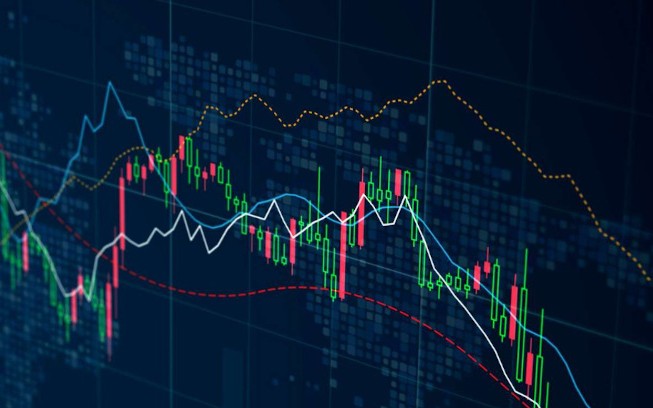
The Essentials of Forex Trading: A Comprehensive Guide for Beginners
Forex trading, or foreign exchange trading, represents the largest financial market in the world. With trillions of dollars exchanged daily, the opportunities within Forex trading are vast and enticing for both novice and seasoned traders. In this article, we will explore the basics of Forex trading, essential strategies, risk management techniques, and the importance of choosing the right broker, such as forex trading acev.io.
Understanding the Forex Market
The Forex market operates 24 hours a day, five days a week, allowing for flexible trading hours and the ability to capitalize on market movements at any time. The key players in this market include banks, financial institutions, corporations, governments, and individual retail traders. Unlike traditional stock markets, the Forex market is decentralized, meaning that trading occurs over the counter (OTC) rather than on a centralized exchange.
Basic Terminology of Forex Trading
Before diving into strategies, it’s crucial to understand some fundamental terms used in Forex trading:
- Pip: The smallest price move in a currency pair, usually the fourth decimal place.
- Currency Pair: A pair of currencies that are traded against one another, such as EUR/USD.
- Spread: The difference between the buying and selling price of a currency pair.
- Leverage: The ability to control a large position with a relatively small amount of capital.
Getting Started with Forex Trading
If you’re looking to enter the world of Forex trading, here are the steps to follow:
1. Educate Yourself
Before you start trading, it’s essential to build your knowledge of how the Forex market operates. Read books, take online courses, and follow reputable Forex trading blogs. The more informed you are, the better your chances of success.
2. Choose a Reliable Broker
Selecting a trustworthy Forex broker is crucial to your trading success. Look for brokers that are regulated by established financial authorities, offer a user-friendly trading platform, and provide good customer support. Consider opening a demo account first to practice trading without risking real money.
3. Develop a Trading Plan
A well-defined trading plan is vital for consistent success in Forex trading. Your plan should include your trading goals, risk tolerance, and strategies for entering and exiting trades. By sticking to your plan, you can avoid emotional trading decisions that can lead to losses.
Popular Forex Trading Strategies
Once you have a firm foundation in Forex trading, it’s time to explore various strategies that can enhance your trading performance:
1. Day Trading
Day trading involves opening and closing trades within the same day. Day traders typically take advantage of small price movements throughout the day and depend on technical analysis to make quick trading decisions.
2. Swing Trading
Swing trading is a strategy that involves holding positions for several days or weeks to capitalize on medium-term price movements. Swing traders often use a combination of technical and fundamental analysis to identify potential trading opportunities.

3. Scalping
Scalping is a high-frequency trading strategy that involves making dozens or hundreds of trades in a single day to profit from small price changes. Scalpers rely heavily on technical indicators and real-time market analysis.
Risk Management in Forex Trading
One of the critical components of successful Forex trading is effective risk management. Here are some techniques to help you minimize losses and protect your trading capital:
1. Set Stop-Loss Orders
A stop-loss order automatically closes a trade once it reaches a specified level of loss. This tool is essential for limiting potential losses and protecting your account balance.
2. Use Proper Position Sizing
Determining the appropriate position size based on your trading account balance and risk tolerance is crucial. A common rule is to risk no more than 1-2% of your account on a single trade.
3. Avoid High Leverage
While leverage can amplify profits, it also increases the risk of significant losses. Use leverage cautiously and consider starting with low leverage until you gain more experience in the market.
Analyzing the Forex Market
Understanding how to analyze the Forex market can greatly enhance your trading decisions. There are two primary methods of analysis:
1. Fundamental Analysis
This method involves examining economic indicators, central bank policies, geopolitical events, and other macroeconomic factors that can impact currency values. Key indicators to watch include GDP growth, unemployment rates, and inflation.
2. Technical Analysis
Technical analysis focuses on historical price movements and patterns to predict future price behavior. Traders utilize various tools such as charts, indicators, and oscillators to make informed trading decisions.
Staying Updated with Market News
News and economic reports can significantly impact currency prices. Staying updated with current events and understanding how they affect the Forex market is essential. Many traders use economic calendars to track upcoming reports that could influence their trades.
Conclusion
Forex trading offers exciting opportunities for individuals looking to earn profits from currency movements. By equipping yourself with the right knowledge and skills, developing a solid trading plan, and maintaining effective risk management practices, you can navigate the Forex market with greater confidence. Remember that like any form of trading, Forex trading involves risks, and being well-prepared is key to achieving your trading goals.
